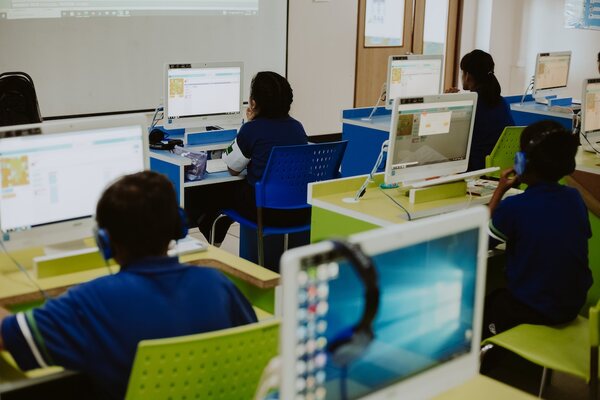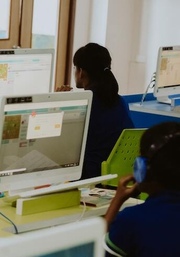How Educators Can Best Introduce Technology to Young Students
In today’s high-tech world, kids must have access to computers and other electronic devices in the classroom to have a solid foundation in learning fundamentals. While technology has the potential to benefit students’ educational experiences greatly, teachers may need help to introduce new technologies to their younger children.
Introducing new learning tools to young pupils requires careful planning and execution on the part of educators. This ensures that it’s utilized responsibly and efficiently.
Assemble and Make Arrangements
Be Familiar with the Course Objectives
Teachers need to know what they want to accomplish with their pupils’ newfound access to technology before they introduce it to them. It is vital to choose resources that complement the curriculum and contribute to the learning objectives. Teachers should consider their pupils’ ages and skill levels while deciding on technical resources.
Make a Strategy for Your Technological Needs
Successfully introducing technology to young pupils requires educators to develop an implementation strategy. The learning objectives, the resources, and the method of incorporating them into the curriculum should all be outlined before proceeding.
Teachers must also consider the hardware, software, and other infrastructure components to make their technology strategy a reality.
Preparing Educators and Learners
Successfully incorporating technology into the classroom relies heavily on training both instructors and students. Teachers need instruction in the appropriate use of technology and its incorporation into lesson plans.
Educators also need instruction in the proper use of classroom management software and the proper use of other technological resources. Making sure that teachers and students have access to continuing assistance and training for classroom technology is essential.
Provide a Safe Zone for Technology Implementation
Use Just a Selected Few Technologies at First
It’s important to introduce new technologies gradually, especially to younger pupils, so they don’t get confused by the plethora of options. Teachers should first offer a few technological resources until they see how kids respond. This method will aid pupils in overcoming any initial anxiety they may have about utilizing new technologies.
Establish Objective Standards
To avoid inappropriate use of technology and to guarantee that it is utilized responsibly, it is crucial to establish clear expectations and rules for its usage. Rules for tech usage, such as when it is okay to use it, how to use it responsibly, and how to deal with technological challenges, should be established by educators. Students should be made aware of and held to these standards consistently.
Monitor Usage
Teachers should keep an eye on their pupils’ digital activities to ensure they follow classroom standards. Keeping tabs on how people use technology may point out any issues and provide valuable suggestions for improvement. Effective classroom management software may let teachers keep tabs on students’ digital activities and provide instantaneous critiques.
Encourage Student Engagement in the Classroom
Use Technology to Enhance Learning
Technological tools may greatly facilitate children’s learning, and they can be actively engaged. Teachers should take advantage of technological resources that encourage pupils to study through various methods and approaches.
For instance, with the use of interactive whiteboards, teachers may design exciting classes that include media and student participation.

Foster Cooperation and Conversation
Students’ ability to work together and share knowledge via digital means has the potential to improve both their academic performance and their social development. Collaborative learning is encouraged in the classroom via the use of technological resources like online discussion forums and group projects.
By sharing quality materials, students in different classrooms may benefit from and contribute to one another’s education.
Allow Room for Imagination
Students can use technology to learn how to articulate their ideas and work through problems innovatively. Tools like digital storytelling and multimedia presentations may help teachers foster students’ imaginations and spark new ways of thinking in the classroom. Students may develop their critical reasoning and communication skills while exercising their creativity with these tools.
Conclusion
Planning and executing the introduction of anything new to young pupils is a delicate balancing act. Teachers may effectively integrate technology into the classroom if they first identify learning objectives, develop a technology strategy, and encourage student engagement.
Effective use of technology in the classroom can significantly improve instruction and better prepare students for life in the information age.





